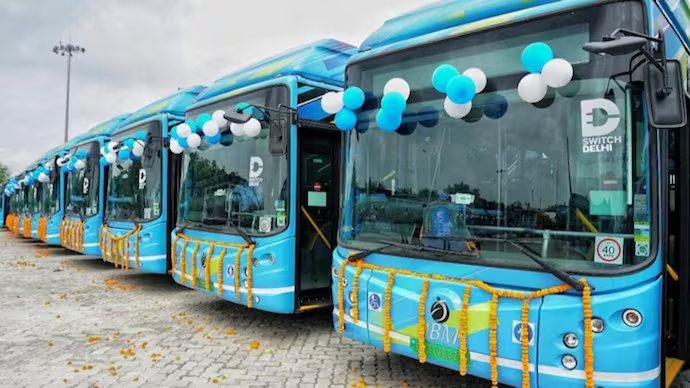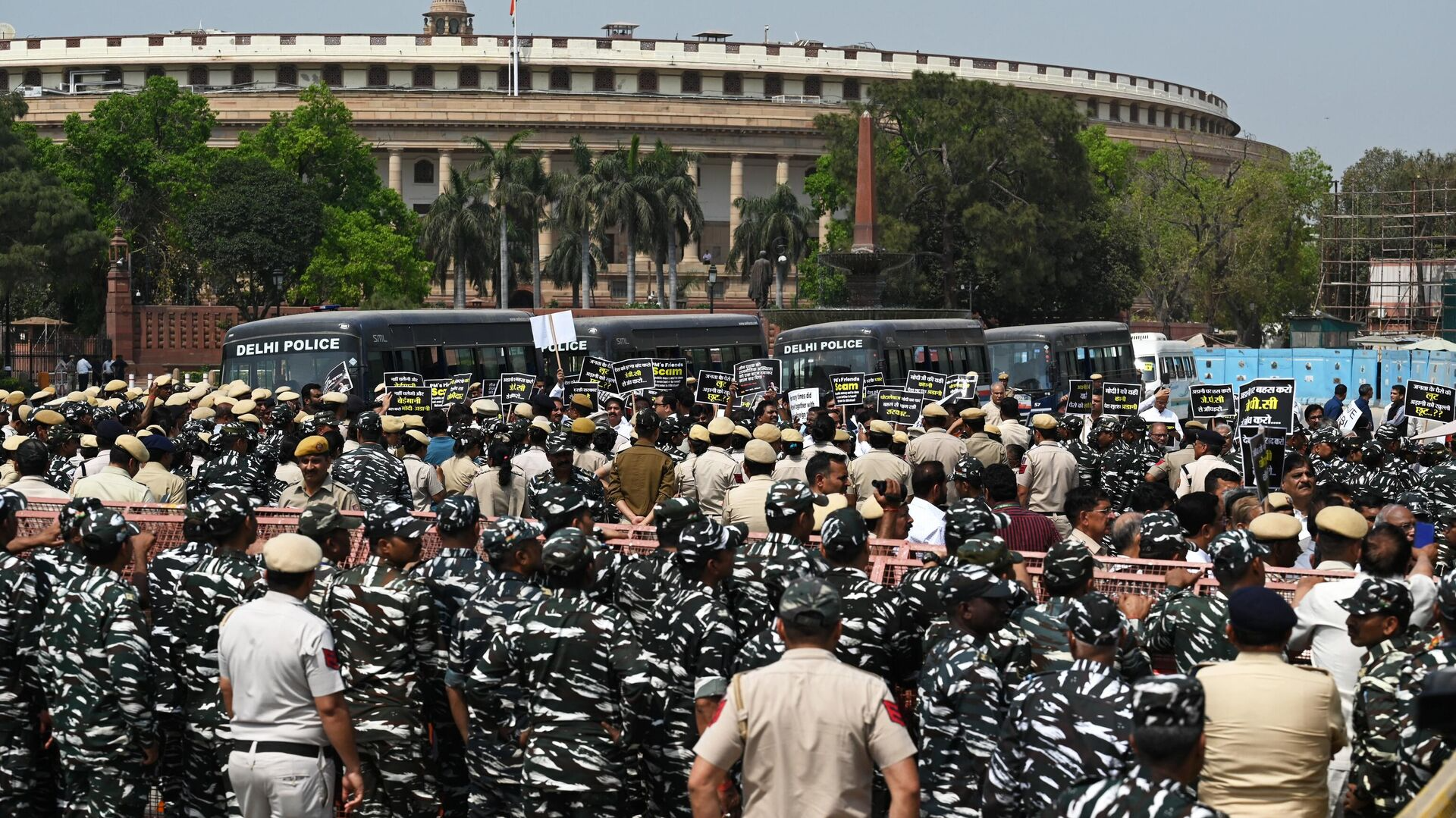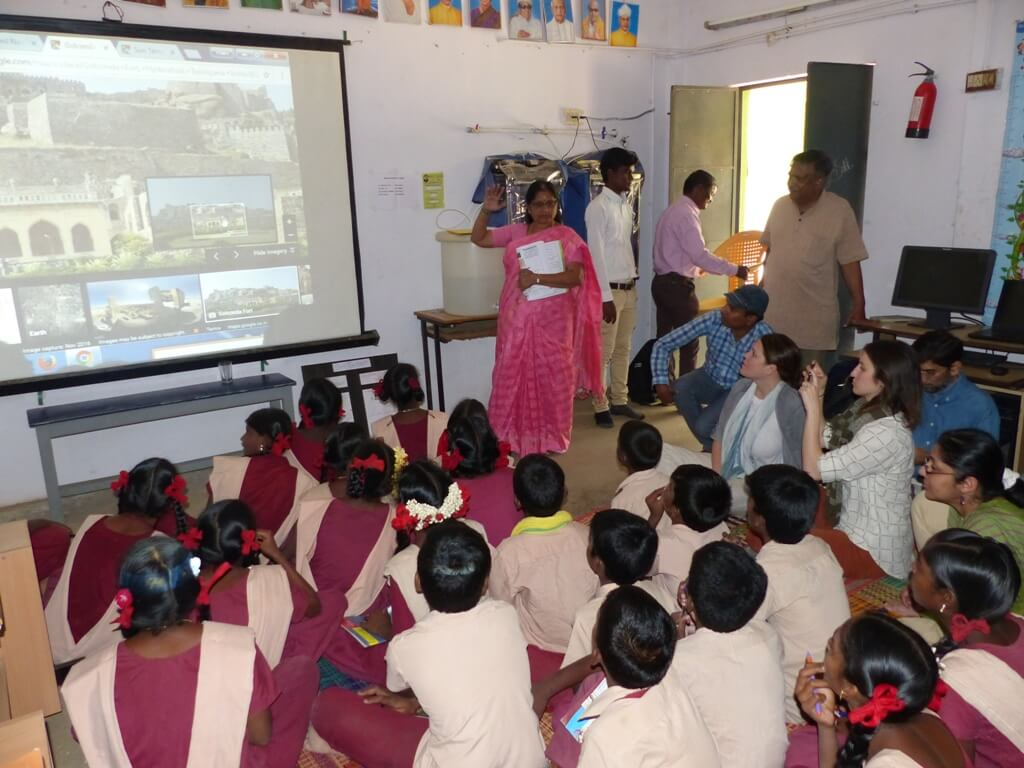Jaipur’s Johari Bazaar Gets Facelift
Posted On July 11, 2025

Jaipur's iconic Johari Bazaar, the bustling heart of the Pink City's vibrant trade and a UNESCO World Heritage Site, has undergone a significant facelift. This ambitious rejuvenation project, a crucial component of Jaipur's Smart City Mission, aims to blend the bazaar's historical charm with modern urban amenities, enhancing the experience for both local shoppers and the millions of tourists who throng its lanes annually. The comprehensive renovation, which has been executed in phases over the past few years, with substantial progress evident throughout 2024 and continuing into early 2025, underscores a commitment to preserving Jaipur's architectural legacy while adapting it to the needs of a contemporary, bustling marketplace.
Johari Bazaar, meaning "Jeweler's Market," holds immense historical and cultural significance for Jaipur. Established by Maharaja Sawai Jai Singh II in the 18th century as part of his meticulously planned city, it was envisioned as a premier commercial hub. It quickly gained fame for its exquisite gemstones and intricate traditional Rajasthani jewelry, particularly Kundan and Meenakari work, which continue to be its hallmark. Beyond jewelry, the bazaar is a treasure trove of textiles, including vibrant tie-dye fabrics, Bandhani sarees, and traditional Lehengas, alongside handicrafts, pottery, and the famed Jaipuri quilts. Its uniform pink sandstone facades and symmetrical shop fronts reflect the original urban design principles of the Walled City. However, over centuries, uncontrolled growth, encroachments, and the wear and tear of time had begun to diminish its historic appeal and functionality.
The facelift project for Johari Bazaar, conceived as part of the broader Area-Based Development (ABD) under the Smart City Mission, focuses on several key interventions designed to restore its grandeur and improve its utility-
Facade Restoration and Uniformity- A primary focus has been on restoring and unifying the architectural facades of the shops. This involves repairing damaged structures, painting buildings with the traditional "Jaipur Pink" hue, and ensuring a consistent aesthetic that harks back to the city's original design. The aim is to present a cohesive and visually appealing streetscape, enhancing the market's heritage character. This also includes standardizing signboards and external elements to reduce visual clutter and maintain historical authenticity.
Pedestrian-Friendly Pathways and Public Spaces- One of the most significant improvements is the transformation of congested walkways into more pedestrian-friendly spaces. This involves widening pavements, removing encroachments, and creating dedicated zones for leisurely strolling. The project also focuses on designing "heritage pavements" that respect the historical context. By prioritizing pedestrians, the aim is to improve safety, reduce congestion, and enhance the overall shopping experience, allowing visitors to appreciate the architecture and vibrant atmosphere without navigating chaotic traffic.
Underground Utilities and Smart Infrastructure- A crucial yet less visible aspect of the facelift is the modernization of underground utilities. This includes laying new electrical cables, water pipelines, and communication lines underground to eliminate unsightly overhead wires, which previously posed safety hazards and visual pollution. The integration of "smart city" elements, such as intelligent street lighting (often with energy-efficient LED lights), CCTV cameras for enhanced security, and potentially Wi-Fi hotspots, is also part of the broader smart road initiatives in the Walled City.
Improved Lighting and Aesthetics- Enhanced lighting, both for safety and aesthetic appeal, has been a key feature. Strategically placed streetlights and architectural illumination highlight the beauty of the buildings, making the bazaar more inviting, especially during the evening hours. This creates a vibrant "night bazaar" experience, encouraging longer engagement from tourists and locals alike.
Traffic Management and Parking Solutions- Addressing the perennial problem of traffic congestion and haphazard parking has been a major component. While the core of Johari Bazaar emphasizes pedestrianization, the broader Smart City initiatives in the vicinity include developing intelligent parking systems and constructing underground parking facilities (e.g., underpasses for parking near Johari Bazaar) to alleviate pressure on the narrow streets. This systematic approach aims to manage vehicular movement more effectively, contributing to a smoother overall flow around the market area.
The benefits of this comprehensive facelift are multifold. For shopkeepers, a visually appealing and less congested market can attract more footfall, potentially leading to increased sales and business prosperity. The improved infrastructure, including better lighting and security, also creates a more conducive and safer trading environment. For tourists, the enhanced aesthetics and pedestrian-friendly pathways offer a more enjoyable and authentic cultural experience. They can explore the intricate craftsmanship of the jewelry, textiles, and handicrafts at a more relaxed pace, immersing themselves in the vibrant atmosphere without the stress of navigating excessive traffic and clutter. The improved amenities contribute to a higher quality of visit, encouraging longer stays and repeat visits.
However, such a large-scale renovation in a heritage area is not without its challenges. Relocation of street vendors and addressing encroachments often involves complex social and economic considerations. Maintaining the balance between modernization and heritage preservation is a delicate act, ensuring that new interventions do not dilute the historical essence of the bazaar. Coordination among multiple government agencies (BBMP, Smart City Limited, Heritage Department) and securing the cooperation of thousands of shopkeepers and residents also presents logistical hurdles. Moreover, the sheer volume of daily visitors and commercial activity necessitates meticulous planning to minimize disruption during construction phases.
Despite these challenges, the transformation of Johari Bazaar aligns perfectly with Jaipur's designation as a UNESCO World Heritage Site and its Smart City vision. It represents a model for how historic urban centers can be revitalized to meet contemporary demands while celebrating their unique heritage. The facelift of Johari Bazaar is more than just an infrastructural upgrade; it's a reaffirmation of Jaipur's commitment to its royal past, its vibrant present, and a sustainable, aesthetically pleasing future for its iconic commercial heart.
Johari Bazaar, meaning "Jeweler's Market," holds immense historical and cultural significance for Jaipur. Established by Maharaja Sawai Jai Singh II in the 18th century as part of his meticulously planned city, it was envisioned as a premier commercial hub. It quickly gained fame for its exquisite gemstones and intricate traditional Rajasthani jewelry, particularly Kundan and Meenakari work, which continue to be its hallmark. Beyond jewelry, the bazaar is a treasure trove of textiles, including vibrant tie-dye fabrics, Bandhani sarees, and traditional Lehengas, alongside handicrafts, pottery, and the famed Jaipuri quilts. Its uniform pink sandstone facades and symmetrical shop fronts reflect the original urban design principles of the Walled City. However, over centuries, uncontrolled growth, encroachments, and the wear and tear of time had begun to diminish its historic appeal and functionality.
The facelift project for Johari Bazaar, conceived as part of the broader Area-Based Development (ABD) under the Smart City Mission, focuses on several key interventions designed to restore its grandeur and improve its utility-
Facade Restoration and Uniformity- A primary focus has been on restoring and unifying the architectural facades of the shops. This involves repairing damaged structures, painting buildings with the traditional "Jaipur Pink" hue, and ensuring a consistent aesthetic that harks back to the city's original design. The aim is to present a cohesive and visually appealing streetscape, enhancing the market's heritage character. This also includes standardizing signboards and external elements to reduce visual clutter and maintain historical authenticity.
Pedestrian-Friendly Pathways and Public Spaces- One of the most significant improvements is the transformation of congested walkways into more pedestrian-friendly spaces. This involves widening pavements, removing encroachments, and creating dedicated zones for leisurely strolling. The project also focuses on designing "heritage pavements" that respect the historical context. By prioritizing pedestrians, the aim is to improve safety, reduce congestion, and enhance the overall shopping experience, allowing visitors to appreciate the architecture and vibrant atmosphere without navigating chaotic traffic.
Underground Utilities and Smart Infrastructure- A crucial yet less visible aspect of the facelift is the modernization of underground utilities. This includes laying new electrical cables, water pipelines, and communication lines underground to eliminate unsightly overhead wires, which previously posed safety hazards and visual pollution. The integration of "smart city" elements, such as intelligent street lighting (often with energy-efficient LED lights), CCTV cameras for enhanced security, and potentially Wi-Fi hotspots, is also part of the broader smart road initiatives in the Walled City.
Improved Lighting and Aesthetics- Enhanced lighting, both for safety and aesthetic appeal, has been a key feature. Strategically placed streetlights and architectural illumination highlight the beauty of the buildings, making the bazaar more inviting, especially during the evening hours. This creates a vibrant "night bazaar" experience, encouraging longer engagement from tourists and locals alike.
Traffic Management and Parking Solutions- Addressing the perennial problem of traffic congestion and haphazard parking has been a major component. While the core of Johari Bazaar emphasizes pedestrianization, the broader Smart City initiatives in the vicinity include developing intelligent parking systems and constructing underground parking facilities (e.g., underpasses for parking near Johari Bazaar) to alleviate pressure on the narrow streets. This systematic approach aims to manage vehicular movement more effectively, contributing to a smoother overall flow around the market area.
The benefits of this comprehensive facelift are multifold. For shopkeepers, a visually appealing and less congested market can attract more footfall, potentially leading to increased sales and business prosperity. The improved infrastructure, including better lighting and security, also creates a more conducive and safer trading environment. For tourists, the enhanced aesthetics and pedestrian-friendly pathways offer a more enjoyable and authentic cultural experience. They can explore the intricate craftsmanship of the jewelry, textiles, and handicrafts at a more relaxed pace, immersing themselves in the vibrant atmosphere without the stress of navigating excessive traffic and clutter. The improved amenities contribute to a higher quality of visit, encouraging longer stays and repeat visits.
However, such a large-scale renovation in a heritage area is not without its challenges. Relocation of street vendors and addressing encroachments often involves complex social and economic considerations. Maintaining the balance between modernization and heritage preservation is a delicate act, ensuring that new interventions do not dilute the historical essence of the bazaar. Coordination among multiple government agencies (BBMP, Smart City Limited, Heritage Department) and securing the cooperation of thousands of shopkeepers and residents also presents logistical hurdles. Moreover, the sheer volume of daily visitors and commercial activity necessitates meticulous planning to minimize disruption during construction phases.
Despite these challenges, the transformation of Johari Bazaar aligns perfectly with Jaipur's designation as a UNESCO World Heritage Site and its Smart City vision. It represents a model for how historic urban centers can be revitalized to meet contemporary demands while celebrating their unique heritage. The facelift of Johari Bazaar is more than just an infrastructural upgrade; it's a reaffirmation of Jaipur's commitment to its royal past, its vibrant present, and a sustainable, aesthetically pleasing future for its iconic commercial heart.












